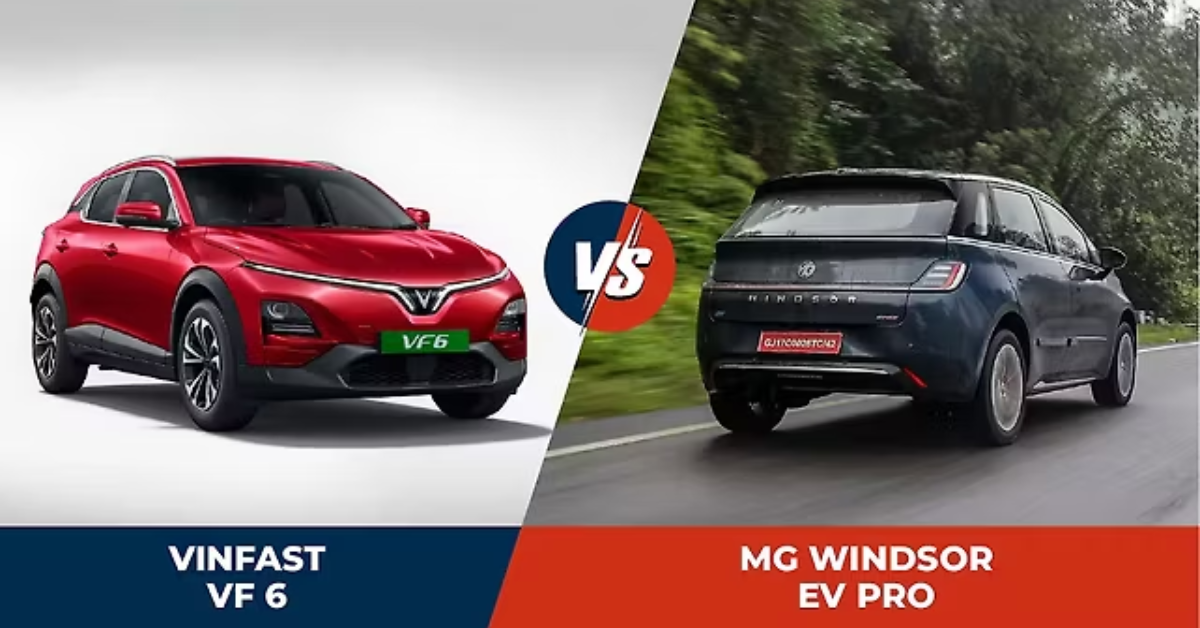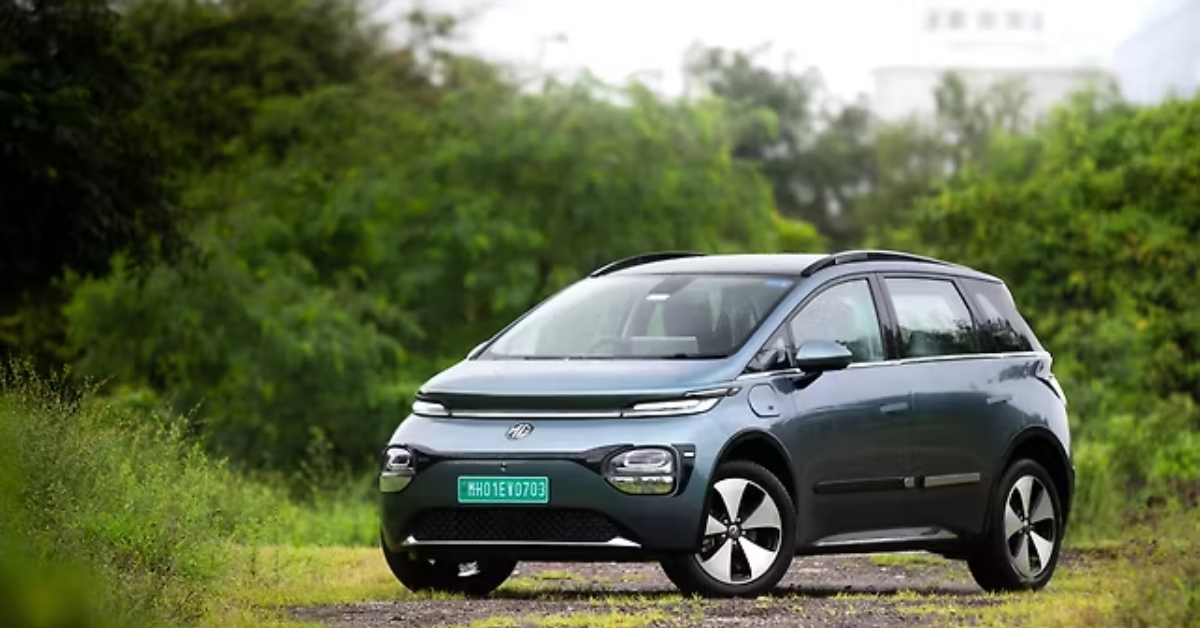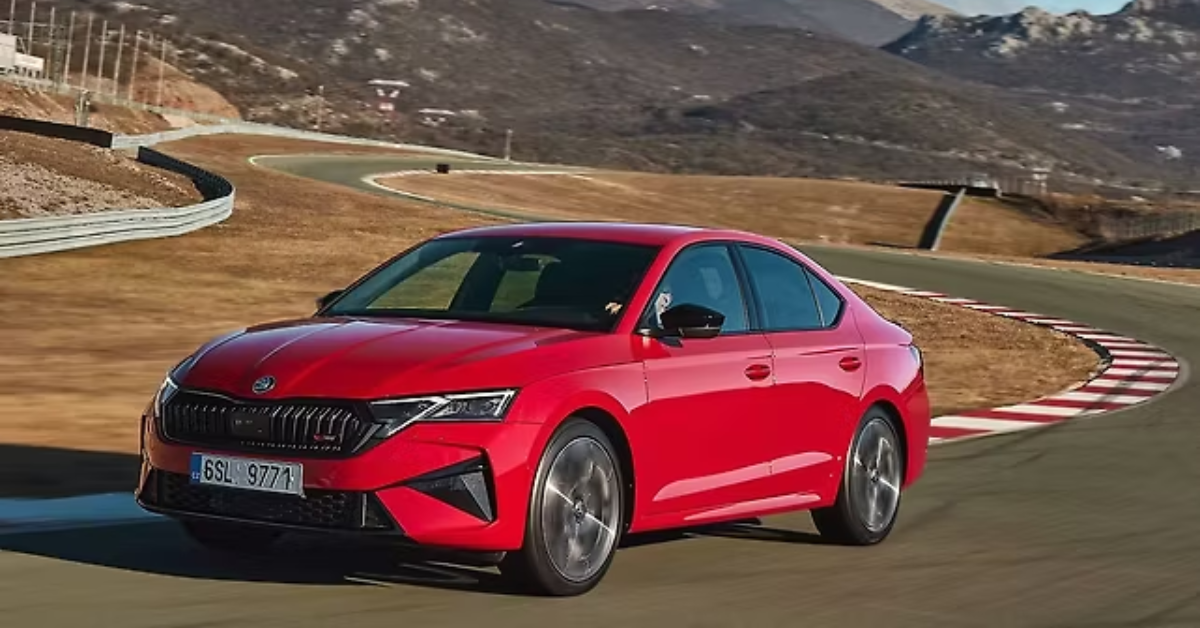Tesla’s entry into India in 2025 marks a watershed moment for the country’s electric vehicle (EV) market. The move is poised to change the landscape of the Indian automotive industry and provide a significant push to the nation’s green energy goals. As the world’s leading electric vehicle manufacturer, Tesla’s entrance into India is not only a sign of the company’s international ambition but also a signal of India’s rising importance in the global EV sector.
Tesla’s Strategic Entry: Why Now?
Tesla, founded by Elon Musk in 2003, has revolutionized the automotive industry with its cutting-edge electric cars, charging infrastructure, and innovative technologies. Despite being a leader in the electric vehicle segment globally, the company has long been cautious about entering the Indian market. Several factors, including the high import duties, infrastructural challenges, and the need for a tailored strategy to address India’s unique market dynamics, have kept Tesla from launching in the country until now.

However, 2025 seems like the perfect time for the brand to make its move. The Indian government has become increasingly committed to promoting EV adoption, offering incentives through programs such as the Faster Adoption and Manufacturing of Hybrid and Electric Vehicles (FAME) scheme. The rise of local manufacturers and growing consumer awareness around climate change and air pollution are also driving demand for electric vehicles.
The availability of cheaper raw materials for battery manufacturing, such as lithium and cobalt, has made India an attractive destination for EV companies. With rising concerns about the country’s dependency on imported fossil fuels and a desire to reduce carbon emissions, Tesla sees the Indian market as ripe for disruption.
Tesla’s Market Strategy in India: Tailored to the Local Market
Tesla’s global success is attributed to its unique strategy of producing premium electric vehicles that combine cutting-edge technology, long-range performance, and a luxurious user experience. In India, however, Tesla will need to adapt its offerings to cater to the tastes, needs, and financial capabilities of Indian consumers.
Tesla plans to launch its more affordable models, such as the Model 3 and Model Y, which are already popular in international markets. The Model 3, known for its sleek design and budget-friendly pricing compared to Tesla’s other offerings, is expected to be the most popular in India. Priced competitively, it could make electric cars more accessible to India’s growing middle class.
To build brand loyalty and trust, Tesla will also have to offer localized services. For example, the company will need to develop an extensive charging infrastructure across major cities and highways. Tesla has already shown interest in collaborating with local authorities and private enterprises to set up supercharger stations across the country. In addition, providing after-sales services, training local technicians, and establishing regional service centers will be critical for customer satisfaction.
The EV Ecosystem in India: Opportunities and Challenges
India, with its large population and rapidly urbanizing society, presents both immense opportunities and challenges for Tesla. While the demand for electric vehicles is growing, the country still faces significant barriers to large-scale EV adoption.
One of the major hurdles is the lack of charging infrastructure. Although Tesla’s Supercharger network is a major asset, India’s charging stations remain sparse, especially in tier 2 and tier 3 cities. With limited fast-charging options available, it is crucial that Tesla invests in this infrastructure to ensure that its customers have easy access to charging points. In addition to this, the electric grid in India is often inconsistent and unreliable in rural areas, making long-distance travel a challenge for EV owners.
Affordability is another issue. Despite growing awareness about climate change, electric vehicles still come at a premium in India. While government incentives are in place, the price tag of an imported Tesla—if the company does not localize its production—could be a deterrent for the average Indian consumer. However, Tesla’s future plans include setting up a local manufacturing facility in India, which would help reduce production costs, avoid high import taxes, and make Tesla cars more affordable for the Indian market.
Moreover, range anxiety—the fear that an electric car will run out of battery before reaching the destination—is another concern in India, where long trips are common. To address this, Tesla will have to optimize its cars’ battery range for Indian road conditions and make sure that its network of superchargers is as extensive as possible.

Potential Impact on India’s EV Market
Tesla’s entry into India will undoubtedly have a profound impact on the country’s EV ecosystem. The sheer presence of a high-profile brand like Tesla will bring credibility and attention to the electric vehicle industry, making more consumers aware of the benefits of going electric. In addition, it will push other automakers, both domestic and international, to accelerate their EV plans.
In the longer term, Tesla’s move could also spur innovations in areas like battery technology, autonomous driving, and clean energy. Tesla’s expertise in self-driving cars, for instance, may encourage local car manufacturers to explore autonomous vehicle technology, which could eventually transform India’s transportation system.
Another potential benefit of Tesla’s entry is the job creation that it could bring. From local manufacturing to retail operations, service centers, and installation of charging infrastructure, the ripple effects could be significant for India’s economy.
Conclusion: A Bold New Step for Tesla and India
In 2025, Tesla’s entry into India promises to be a defining moment for both the brand and the country’s automotive landscape. As India looks to embrace electric vehicles to combat climate change and reduce its carbon footprint, Tesla’s cutting-edge technology, combined with government support, will serve as a catalyst for the mass adoption of electric mobility.

Hello, my name is Himanshu Kumar and I am an experienced Digital Marketer. I have been blogging for the last 4 years and I have special interest in SEO. Here I give you easy bikes and writes easy-to-understand reviews and news about the latest bikes, helping readers choose the best options.. My aim is to always provide you with accurate, new and useful information.





